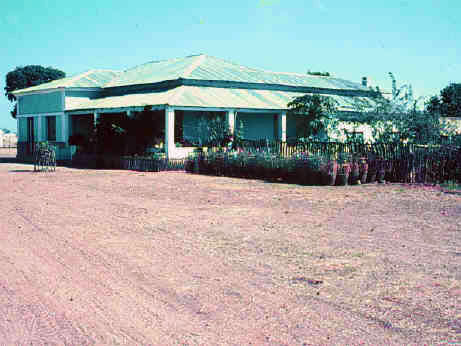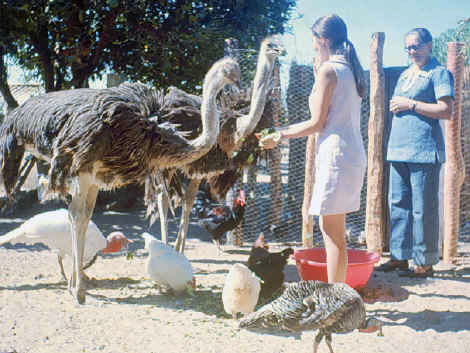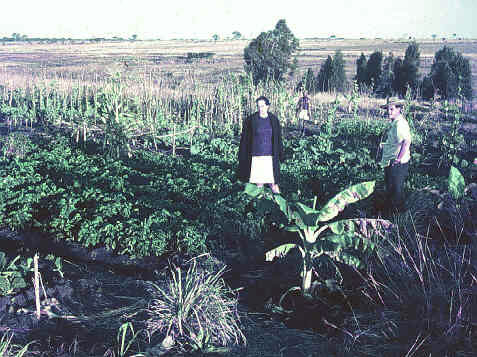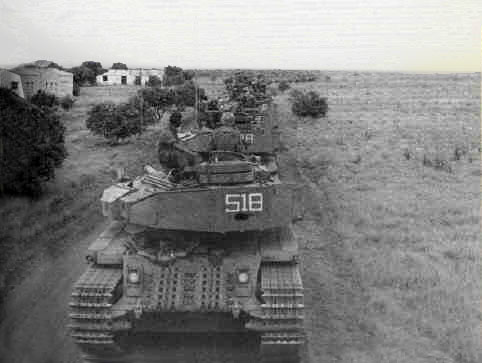

Mavinga is a town and municipality in the Cuando Cubango province of Angola. The area spans 44,347 km2 ( Tasmania- 64,000 and Portugal-88,000) with approximately 30,000 inhabitants. From an insignificant and forgotten little village in the "Land on the End of the Earth" (Terra do Fim do Mundo) during the colonial era, Mavinga became a strategically important town during the civil war that followed the independence.
Being the gateway from the north to the UNITA headquarters at Jamba, Mavinga saw heavy fighting during the Angolan civil war. Over 30,000 people dyed in the Lomba River battle between the troops of MPLA and Cubans against the troops of Unita and South Africa.
I first came to Mavinga in 1962 with my uncle Armando. My uncle use to drive a truck that transported labour (Contratados) to the coffee plantations of Kada in the northwest of the country close to Gabela. My uncle worked for Mr. Guimarães and I stayed in their house on my first visit to Mavinga. Mr. Guimarães and D. Marta lived in Mavinga and were friends of my family and I had a good time with them and family in all my stays with them.
Later on my uncle bought a business in Rivungo on the banks of the Cuando River in the border with Zambia and everytime I came for holidays with my uncle I stayed with the Guimarães in their house in Mavinga.
In 1964 my father bought Mr. Guimarães house and we moved to Mavinga. At the beginning my father traded in cattle which he sold to the Diamang company in the northeast of the country. In 1965 the war that was going on in the north of the country since 1961 extended its tentacle to the south and put an end to the cattle trade.
I was in Rivungo spending my annual holidays with my uncle Armando when Unita started the attacks in the area. Rivungo and Luiana were the first victims of the war and I had my first taste of the conflict that lasted over 40 years and killed more than half a million Angolans.
During the 50's and 60's Mavinga was the base for the Medical team fighting the tsé-tsé fly (fly that trasmites the sleeping sickness to humans and animals) and the weather station was part of the network that covered Angola. Life in Mavinga was calm and exciting with hunting the main activity in the area. Two safari camps ( Luiana and Kirongosi) brought the rich and famous to the area and from time to time we had the opportunity to rub shoulders with them.
Travelling to Mavinga was a 4WD adventure with the 450 km from Menongue (the capital of the district) to Mavinga taking normally 7 days. Places like Chambinga and Mikango were like graveyards for the vehicles travelling to Mavinga.
In 1970 I finished my studies and while waiting to be called to the army I spent 6 months hunting in Mavinga with my friend Chico Salazar. These 6 months were one of the best times of my life. In 1971 I joined the Portuguese army and volunteered to serve my operational tour of duty in Mavinga. I spent two years in Mavinga, Dima and Cuito Cuanavale.
In the next pages we show images of the major events of my life in Mavinga and I hope you enjoy seeing them as much as I liked to live them.

Our house in 1971

Feeding time

Our vegetable garden

Our house in 1998